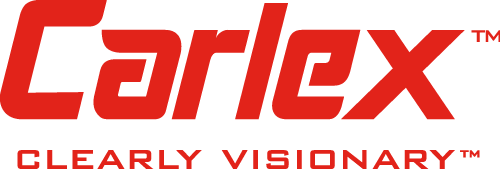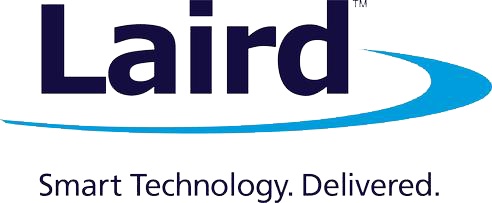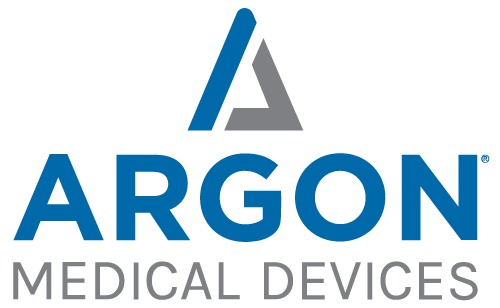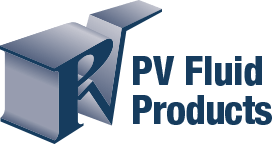The manufacturing sector has always paced itself to incorporate the right technology solutions that accelerated operations and brought in high returns. The early stages of the industrial revolution saw the establishment of heavy industries. Large deposits of coal and fuel made it possible to set up heavy engineering divisions that were capital-intensive and required large scale infrastructure and large machine tools. Traditional technology drivers operating these heavy industries consisted of gears and rotating parts. Chemical, Electrical, Ship Building, Irrigation, Locomotive, and Steel are some of the heavy industries that laid the foundation and provided the basis for subsequent technological innovations. With the emergence of software, manufacturers bet big on robotics - this gave birth to continuous production and large-scale production lines. In a way, the manufacturing sector was and continues to be responsible for many of the technological innovations that have changed the world, and which culminates today in what can be termed as Industry 4.0.
Industrial Internet of Things (IIoT), AI and Machine Learning, Augmented Reality (AR), Embedded Systems are some of the emerging technologies that dictate today’s Industry 4.0. These digital innovations are bringing real, critical disruptions to processes, systems, and the traditional productivity levers, namely human engagement and labor. Digital transformation essentially unlocks value from people, processes, and systems to facilitate connectivity, intelligence transfer, and operational flexibility between them.
We’ll look at a few of these emerging technologies as they promise to cause critical disruptions that will change the way business is done:
- AI and Machine Learning: AI and Machine Learning applied to production environments have the effect of unearthing and capturing large data sets that can be fed to a suite of analytical tools for actionable insights. Manufacturers are leveraging these cognitive technologies to simplify complex processes and churn useful data for valuable KPIs and process optimization techniques. Use cases include optimization of repetitive, data-intensive processes like accounts payable, distributed sales order processing; unmanned aerial vehicles; inventory control; belt-driven and batch processing of materials; document management; product assembly processing and product configuration.
If we are to just look at the statistics concerning intelligent automation of document-based workflows, the returns are almost immediate and promising - as noted in the 2020 Levvel Research, 55% of respondents vouched for increased employee productivity and a drastic reduction in paper invoice volume thanks to an automated payables solution. A further 45% noticed improved visibility into unpaid invoices while 53% were happy with the significantly lower AP processing costs. These are the very metrics manufacturers are hoping to bank on, as is documented in this interesting Case Study on why more and more manufacturers are turning to intelligent process automation comprising AI and Machine Learning for all their belt-driven and chain processes.
- Virtual Reality/Augmented Reality (VR/AR): these technologies are slowly gaining traction as manufacturers look to working with near simulation methods to discover the right alloys or material compositions that will pass the test for durability, temperature standing, tensile strength, or harsh weather conditions in a simulated environment.
- Industrial Internet of Things (IIoT): transitioning from the early stages of mass production, followed by emphasis on process control and robotics, today’s modern manufacturing is all about Connectivity. Sensor technology and embedded systems are a critical aspect of Industry 4.0 and manufacturers are seeing first-hand the sweeping transformation in plant floor automation brought about by the interconnectivity between machines, sensors, robots, and people. This cyber-physical congruence is enabling real-time monitoring and control of production processes, material handling and transportation, and product development through the various stages.
- 3D Printing: by far, the newsmaker in recent years, this technology meets all the technicalities of the agile development process to manufacture sophisticated auto and machine parts at a fraction of the time and costs incurred in traditional manufacturing. Working with design skeletons before approving them for production helps model the costs and risks associated with mass production, lowering wastage and time-to-market considerably.
- Renewable Energy Technologies: sustainable energy models are continuing to be implemented, experimented with, and deployed to have in place a more cleaner production environment. Of these, innovations in photovoltaic (PV) and thermal systems with a high degree of heat collection and energy conversion efficiencies have made it possible to establish extensive solar paneling and consequently, green manufacturing.
Technological innovations will be a constant as long as businesses, workers, and the larger manufacturing ecosystem seek better ways to engage in production of goods and services. The differentiating factor between the leaders and laggers is the speed at which one assimilates, adopts, and deploys these emerging technologies for accelerated business outcomes.
Looking to embrace Industry 4.0? Start by streamlining your mission critical processes. Artsyl will tell you how - Contact US for immediate consultation and product demo.













